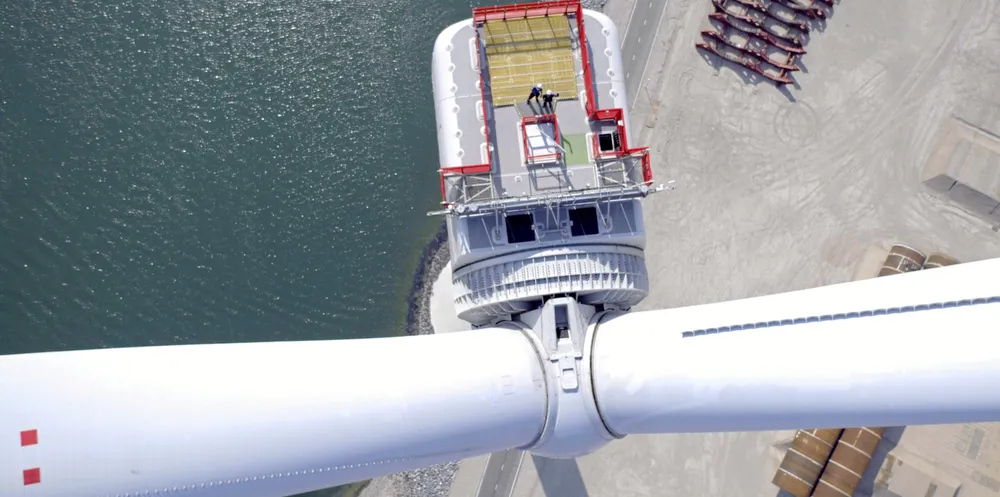Judge blasts wind giants GE and Siemens Gamesa for 'holding back climate fight' with turbine patent war
Manufacturers told they're 'doing nothing to advance public interest' as court doubles royalties for Haliade-X turbines at Ocean Wind 1

Manufacturers told they're 'doing nothing to advance public interest' as court doubles royalties for Haliade-X turbines at Ocean Wind 1
